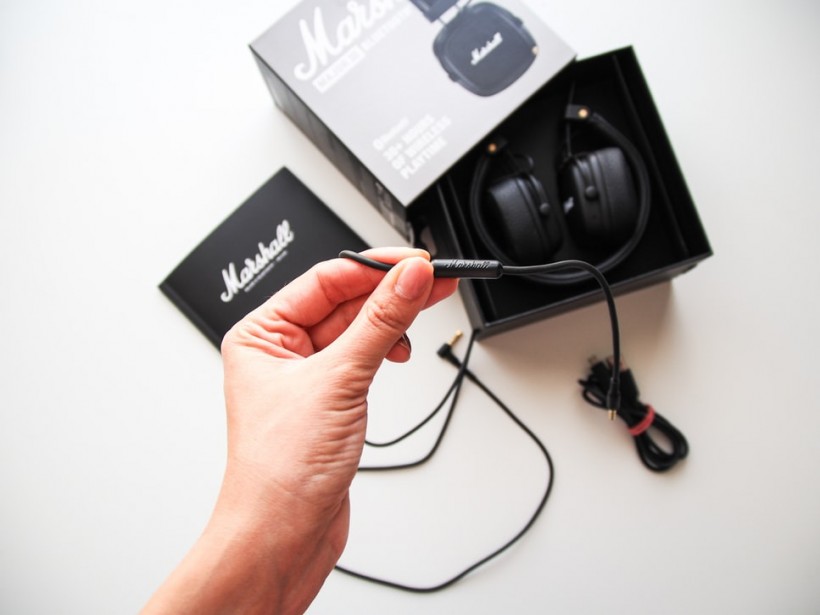The rise in drop-shipping and online shopping trends has made purchasing various items more convenient. However, there are some concerns over what happens between making your order and receiving - the packaging and delivery. While we sometimes hear about broken, mishandled, or damaged items that reach online shopping customers, most of the time, deliveries arrive in unscathed and perfect condition. Fragile items and delicate electronic devices like audio equipment often get delivered to our doorsteps safely thanks to protective packaging methods.

Here, we will explore how a protective foam helps protect your audio equipment and other delicate electronic items.
Excellent Shock Absorption
Impact damage is the most common problem in packaging and delivering items with electronic components. Several types of audio equipment are vulnerable to shock and sudden impact. Even repeated light bumps can affect the sound quality that audio equipment can produce. Knowing this situation, audio industry specialists from VFM Group make sure that the products they sell and packages reach their customers in perfect working conditions. Enclosing audio equipment in protective foam helps protect it from shock by restricting its movement within its container. Sudden impact colliding, dropping, or bouncing packages are handled by protective foams dispersing the kinetic energy of the moving equipment into the foam.
Moisture And Stain Protection
Not all sold online items get delivered immediately to the customers, especially if they live very far from the place of purchase (e.g. international orders). Long-distance and international deliveries often get stored in various warehouses before reaching the customers.
We should be aware that not all warehouses are the same, and they have different handling guidelines and storage conditions. Some warehouses have excellent ventilation and humidity control, while others do not. Often, prolonged storage of packages in humid areas can lead to moisture formation outside of boxes or packages, and it can seep into the items inside the packers. Moisture is dangerous to audio equipment and other electronic items as it can corrode and damage the components of their circuit boards. Protective foams are highly absorbent and keep moisture away from the items they enclose, so you have nothing to worry about if you find your ordered item wrapped in it.
Staining is another concern closely associated with damp or wet packages. Many customers are particular about the appearance of their orders, and any discoloration is unacceptable to them and could spell trouble to the seller and delivery service. Protective foams made of charcoal are excellent absorbers of moisture and can neutralize colors and chemicals that cause discolorations.
Electrostatic Discharge Protection
Static electricity or electrostatic discharge is a sneaky culprit behind several damaged electronics that are delivered to customers. Electrostatic discharges are often caused by contact between some types of plastic packaging, unwinding a roll of tape, or proximity of human skin to an electronic device - all of which are activities associated with packaging and delivery. Anti-static packing foams are a variety of protective packaging foams that safely dissipates the buildup of electrostatic charges formed between the packaged item and its surrounding items. This protective variant is now widely used for shipping items like circuit boards, computer chips, audio equipment, and other electronics.

Protective foams have undergone various innovations to make them more versatile in packaging. Currently, they come in different designs and compositions to handle different packaging conditions. Whether you are a customer, seller, or a delivery or courier service provider, your best bet in making sure that an item leaves its box in the condition it was put in is using a packaging foam.
* This is a contributed article and this content does not necessarily represent the views of musictimes.com













